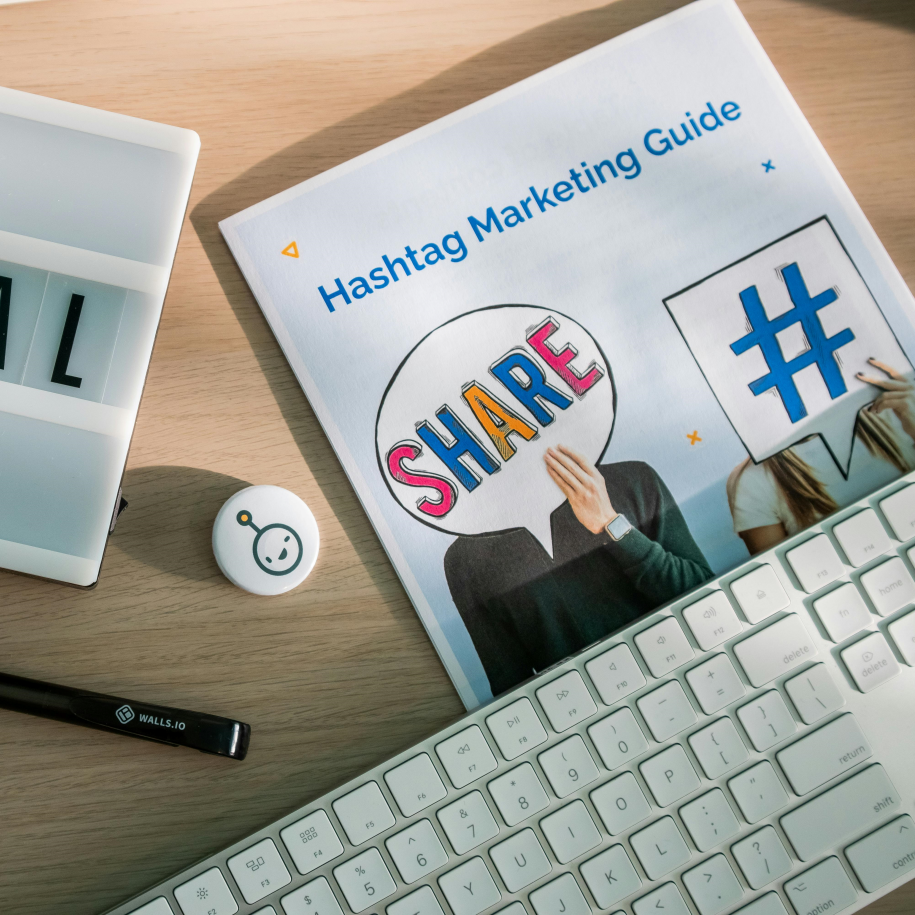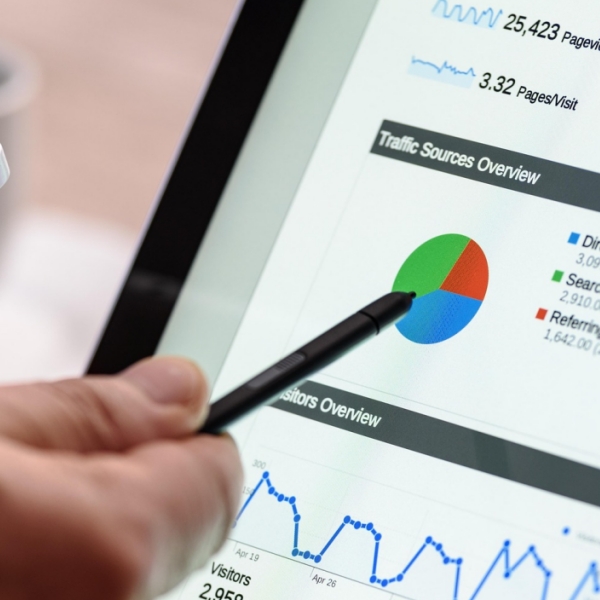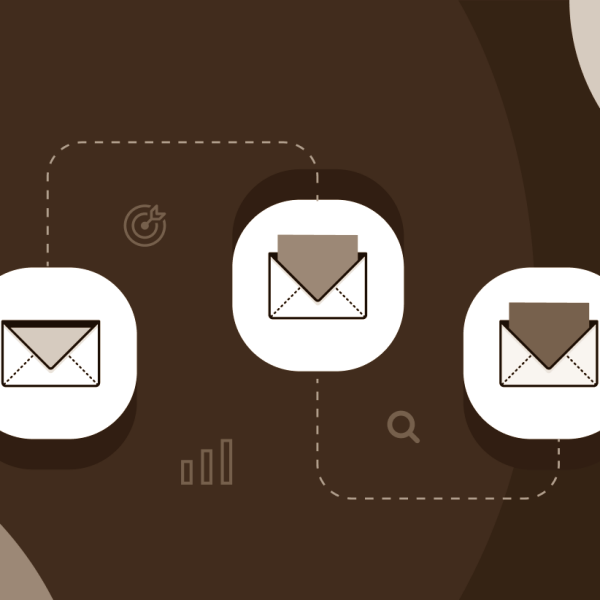
Today, timing and personalization are everything. That’s where well-crafted flows for ecommerce emails come into play. These automated sequences deliver targeted messages at critical points in the customer journey—building trust, boosting conversion rates, and enhancing the overall customer experience.
From welcoming new subscribers to recovering abandoned carts, strategic email flows allow brands to stay relevant, helpful, and top-of-mind without lifting a finger every time. In this post, we’ll break down the most impactful email flows Noble House Media uses and how they can transform your bottom line.
What Are Ecommerce Email Flows?
Email marketing flows are automated sequences of emails triggered by specific user behaviors or milestones. Unlike one-off email campaigns, which are typically sent to an entire list at once, flows are highly personalized and designed to guide customers through different stages of the buyer journey—automatically.
These flows rely on customer data such as browsing behavior, purchase history, cart activity, and engagement metrics to deliver relevant messages in real time. Whether it’s welcoming new subscribers, reminding shoppers about an abandoned cart, or following up after a purchase, email flows are built to keep your brand top-of-mind with minimal manual effort.
Because they are timely and tailored, email marketing flows often outperform traditional campaigns in terms of both open rates and conversion rates. They support a more efficient email marketing strategy by nurturing relationships and nudging recipients toward a desired action—without overwhelming your team. For ecommerce brands looking to scale smarter and connect more effectively, flows are not just a helpful tool—they’re essential.
The Core Flows Every Ecommerce Brand Needs
Building smart, automated flows is the backbone of any successful email marketing strategy. These essential flows for ecommerce emails help businesses engage at the right moment, improve customer experience, and drive meaningful results.
- Welcome Flow: This is your brand’s first impression. A well-crafted welcome sequence introduces your values, top-selling products, and any first-purchase discounts. Send it immediately after someone joins your email list to build early trust and encourage browsing.
- Abandoned Cart Flow: Shoppers leave carts behind all the time—but that doesn’t mean the sale is lost. Use abandoned cart emails to gently remind customers of what they left behind. Include visuals of the products, offer limited time offers or free shipping, and create urgency to drive action.
- Post Purchase Emails: After a customer buys, it’s the perfect opportunity to reinforce value and lay the foundation for loyalty. Post purchase emails can include thank-you messages, care instructions, upsell opportunities, or requests to join a rewards program. Personal touches go a long way here.
- Product Recommendations: Personalized product recommendations based on previous purchases or browsing behavior are highly effective. These emails keep your brand relevant and help customers discover new items they’re more likely to buy, improving overall conversion rates.
- Review Request Flow: Social proof builds credibility. A few days after delivery, send a friendly follow-up to encourage customers to leave a review. Make it easy with direct links and consider incentivizing with a discount or loyalty points.
Timing is key across all flows—schedule each message strategically and test performance regularly. Consistency, personalization, and value-focused content make each of these flows work harder for your business.
Crafting Effective Email Content That Converts
Creating an effective email goes beyond flashy design—it’s about delivering the right message to the right audience in the right way. Start with a compelling subject line that grabs attention and entices the reader to open. Keep your copy concise, relevant, and aligned with your brand’s tone of voice. A clear call-to-action (CTA) should guide readers on what to do next—whether that’s completing a purchase, browsing new arrivals, or leaving a review.
Mobile-friendly design is essential, as most users check emails on their phones. Emails should be easy to read, visually clean, and fast to load. Consistent branding across your emails reinforces trust and ensures a seamless customer experience.
Segmentation is key to relevancy. Use customer data to create dynamic content blocks based on behavior, past purchases, or engagement history. For example, encourage customers who abandoned their cart with a discount, while returning buyers might respond better to loyalty rewards or exclusive previews.
Behavior-based triggers help automate personalization at scale, making each email feel thoughtfully timed and uniquely crafted. When executed well, this approach can dramatically increase engagement, build loyalty, and contribute to long-term growth in your email marketing performance.
Tools and Platforms for Email Marketing Automation
Choosing the right platform is key to executing successful email marketing automation. Tools like Klaviyo, Mailchimp, and Omnisend are widely used in ecommerce for their ability to create robust workflows and personalize messaging at scale. These platforms allow brands to automate key touchpoints—like welcome sequences, abandoned cart emails, and post-purchase follow-ups—with precision and ease.
By using automation, marketers can schedule and tailor email campaigns based on real-time behaviors such as page views, cart additions, or email opens. This not only saves time but ensures messaging stays relevant and timely, increasing the likelihood of conversions.
These platforms also offer advanced segmentation and audience analytics, helping brands build and maintain a responsive email list that drives results. Whether you’re nurturing new subscribers or re-engaging past buyers, automation empowers businesses to deliver the right message to the right person at the right time.
At Noble House Media, we use custom-built platforms, giving your business the greatest customization possible when it comes to email marketing automation and workflows.
Measuring Success: What Metrics to Track
To evaluate how well your flows for ecommerce emails are performing, it’s essential to monitor a few key metrics consistently. These indicators not only reveal what’s working but also help fine-tune your email marketing strategy for maximum impact.
- Open Rates: A strong open rate indicates that your subject lines are grabbing attention. If opens are low, test different messaging or timing.
- Click-Through Rates (CTR): This shows how compelling your email content and CTAs are. Use A/B testing to see which links drive more engagement.
- Conversion Rates: Ultimately, success comes down to how many subscribers take meaningful action—whether that’s making a purchase, signing up, or redeeming an offer.
- Revenue per Recipient: This metric gives you insight into the financial return of your campaigns based on your entire email list.
- Unsubscribe Rate: High unsubscribes may signal that content isn’t aligned with user expectations or that email frequency is too high.
To boost ROI, use these insights to revise underperforming flows. This might involve segmenting your list more strategically, optimizing send times, or updating content based on audience behavior. Data-backed adjustments are key to creating emails that not only perform but also strengthen customer connections.
Maximizing Customer Relationships Through Email
When it comes to ecommerce, long-term success isn’t just about one-time purchases—it’s about building meaningful customer relationships. Personalized email flows are one of the most effective ways to nurture those connections. Whether it’s a thoughtful post purchase email, a timely product recommendation, or a thank-you message, consistent, relevant communication helps create a strong relationship with your customers that goes beyond transactions.
Maintaining that connection means respecting the user experience. Bombarding inboxes with excessive messages can backfire. Instead, well-timed email sequences—based on behavior, milestones, and preferences—keep your brand top of mind without becoming overwhelming. Thoughtful pacing allows room to encourage customers without pressure, creating space for loyalty to grow.
These small, strategic touches build trust and reinforce your brand’s value. Over time, that trust transforms into repeat purchases, positive reviews, and strong word-of-mouth marketing. Prioritizing the customer experience in your email flows doesn’t just drive sales—it helps build a community around your brand.
Create Emails That Drive Results with Noble House Media
Implementing strategic flows for ecommerce emails is one of the most effective ways to boost engagement, increase conversions, and build long-term customer relationships. When done right, these automated sequences deliver timely, relevant messages that guide shoppers through every stage of the buying journey.
With the help of automation, brands can scale personalized communication while saving time and improving campaign performance. Ready to turn automated emails into more customers? Contact Noble House Media to create custom flows for ecommerce and more that align with your audience, brand voice, and business goals.










